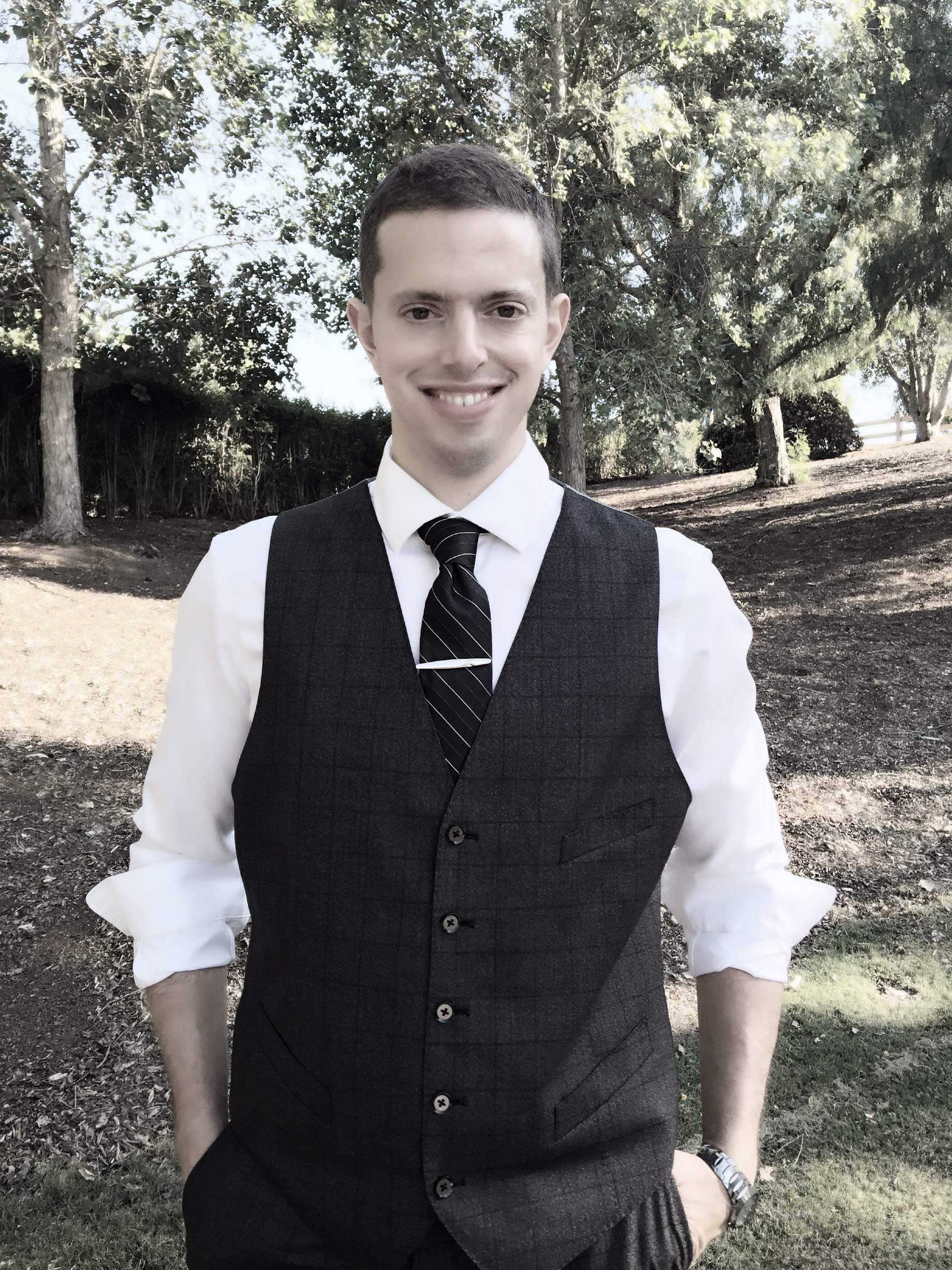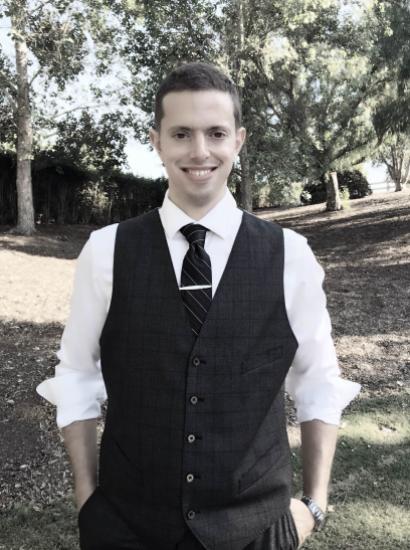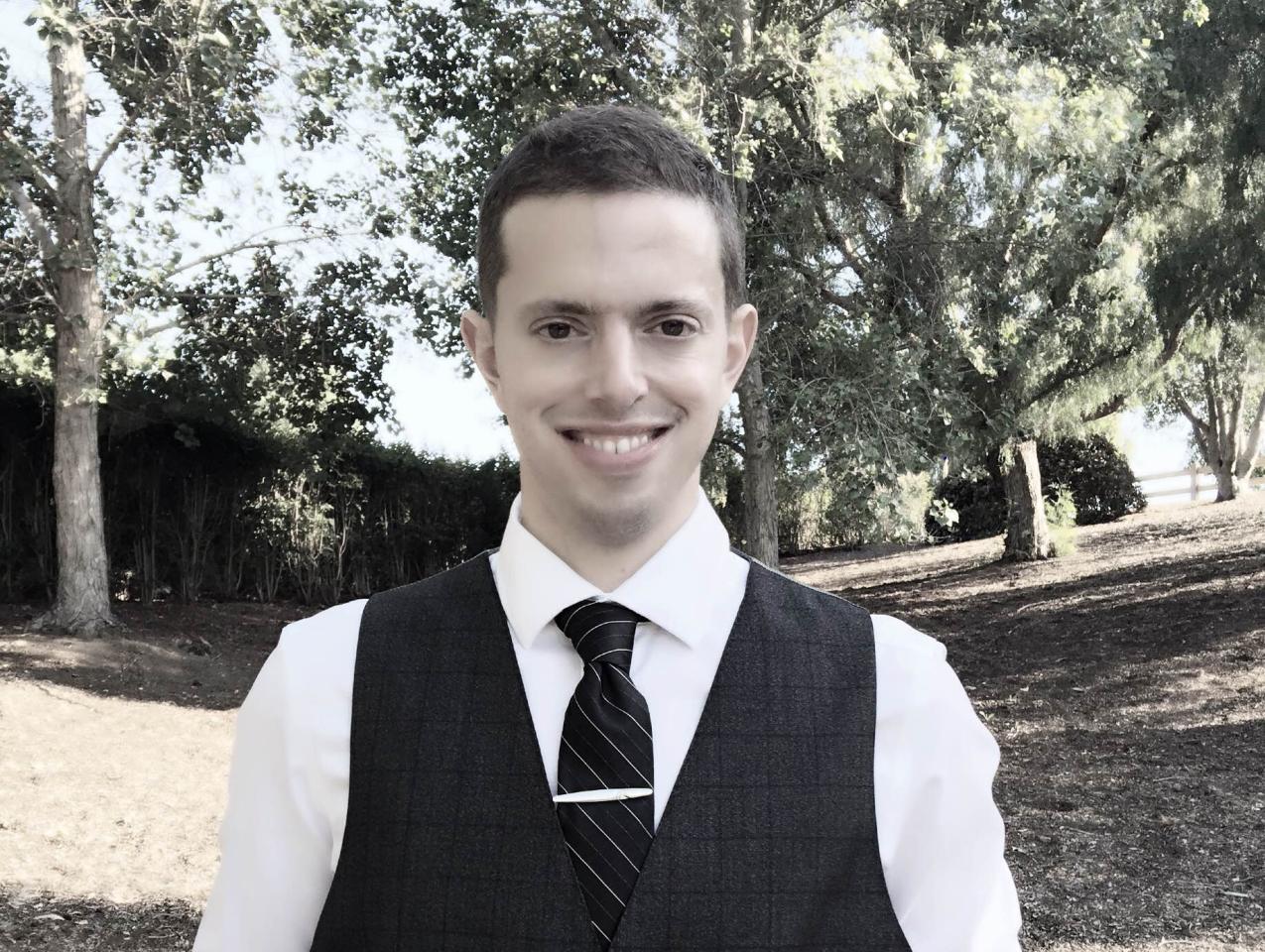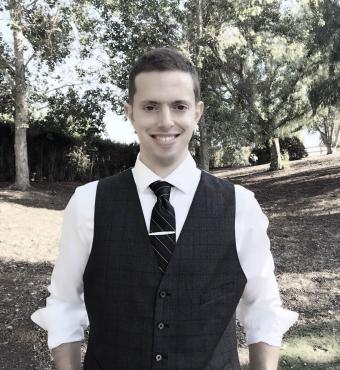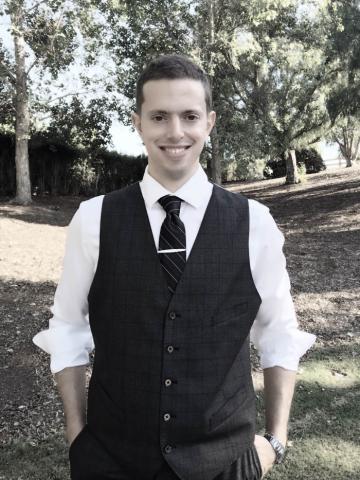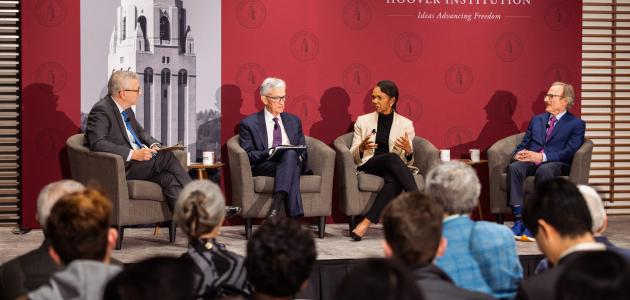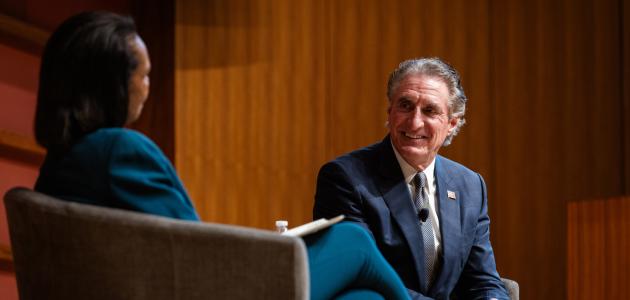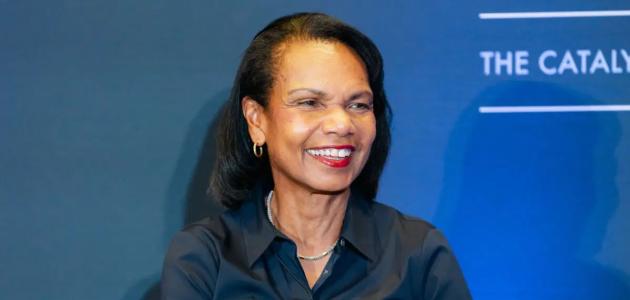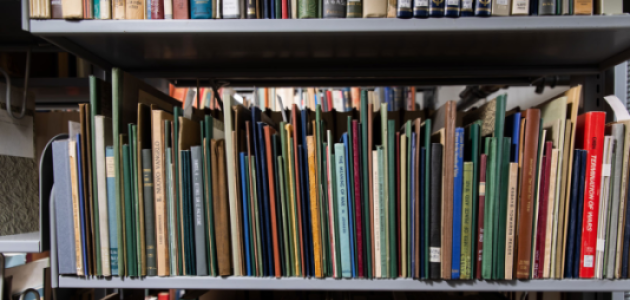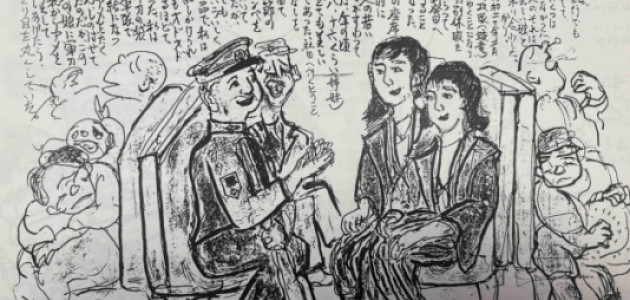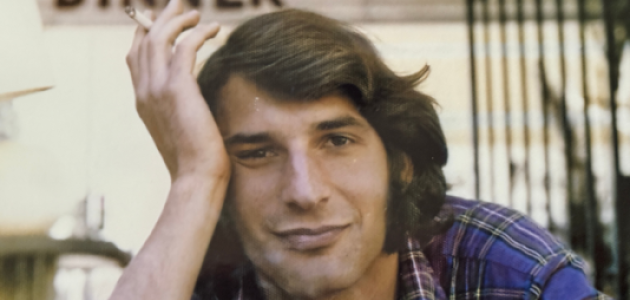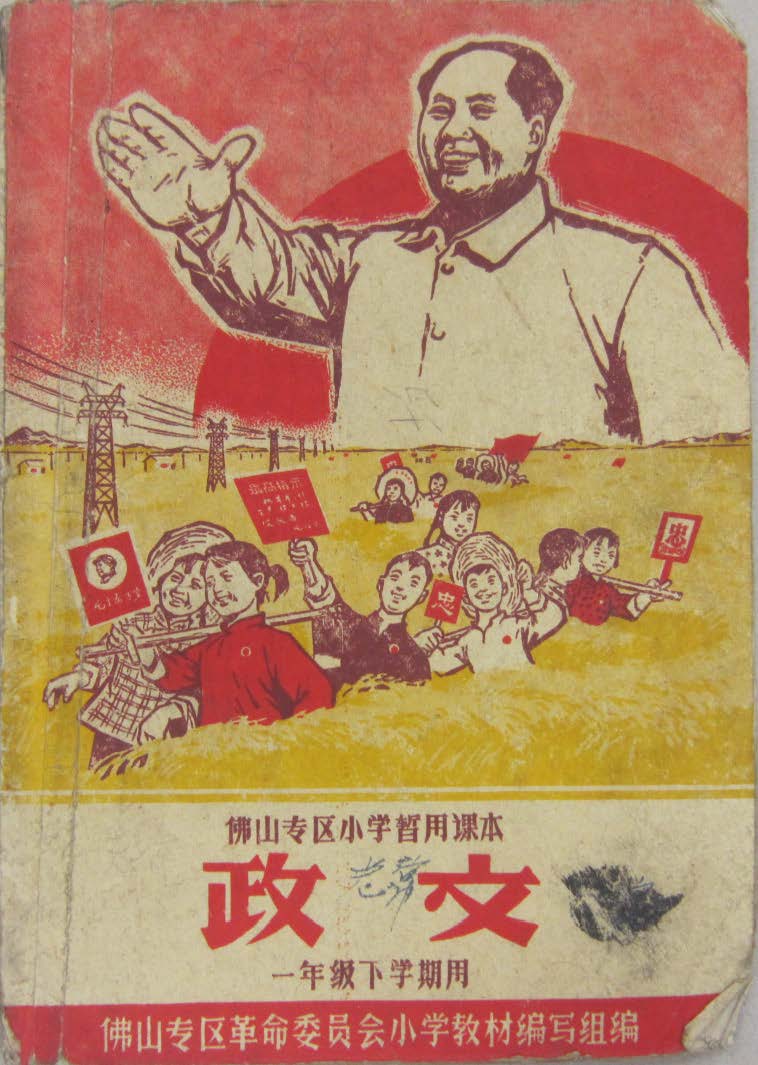 Mao
Articles
Articles
Mao
Articles
Articles
By Kyle David
As recent scholarship has shown, the conception of childhood as a distinctive phase of development separate from the realm of adults is a modern invention. While scholars have written much on children in western societies, they have paid less attention to Chinese children. My current project seeks to fill this academic void by locating the birth of the modern Chinese child and tracing its development throughout China's turbulent twentieth century. As part of this project, I set out to visit the Hoover Institution Library & Archives to browse their extensive collection of Chinese-language primary school textbooks.
As Paula Fass has demonstrated, childhood is "a point of socialization" whereby a society "tries to protect its own identity." My interest in education thus seeks to trace how one particular institution attempted to conceive the nation's ideal child. Hoover Library houses a large collection of primary school textbooks originating from the Jiangxi Soviet period (1927-34). A preliminary examination of these textbooks suggests several trends. First, the CCP, like the Chinese Nationalist Party (GMD), had begun regimenting children's daily lives in increasingly militant ways as the second Sino-Japanese war developed. As far as the textbooks illustrate, children were taught to march, donned matching attire, and rehearsed military drills. Second, the CCP was committed to providing political education to everyone within its jurisdiction, including young children. Today's reader may find it troubling, for example, that seven-year-olds learned arithmetic by counting not animals and toys but rifles and ammunition. Or that moral tales featured violent struggles between peasants and landlords, not charming princes and wicked witches. However, that Chinese Communists chose such tropes is suggestive of both their vision of children as a social group and of their specific goals for childhood as a stage of development. Finally, both the CCP and the GMD were engaging with global youth-culture trends. The GMD, for example, modeled their youth corps, the Sanqingtuan, after the Hitlerjugend and Mussolini's Opera Nazionale Bella, while the Communists fashioned theirs after the Soviet Pioneers.
 Mao
Articles
Articles
Mao
Articles
Articles
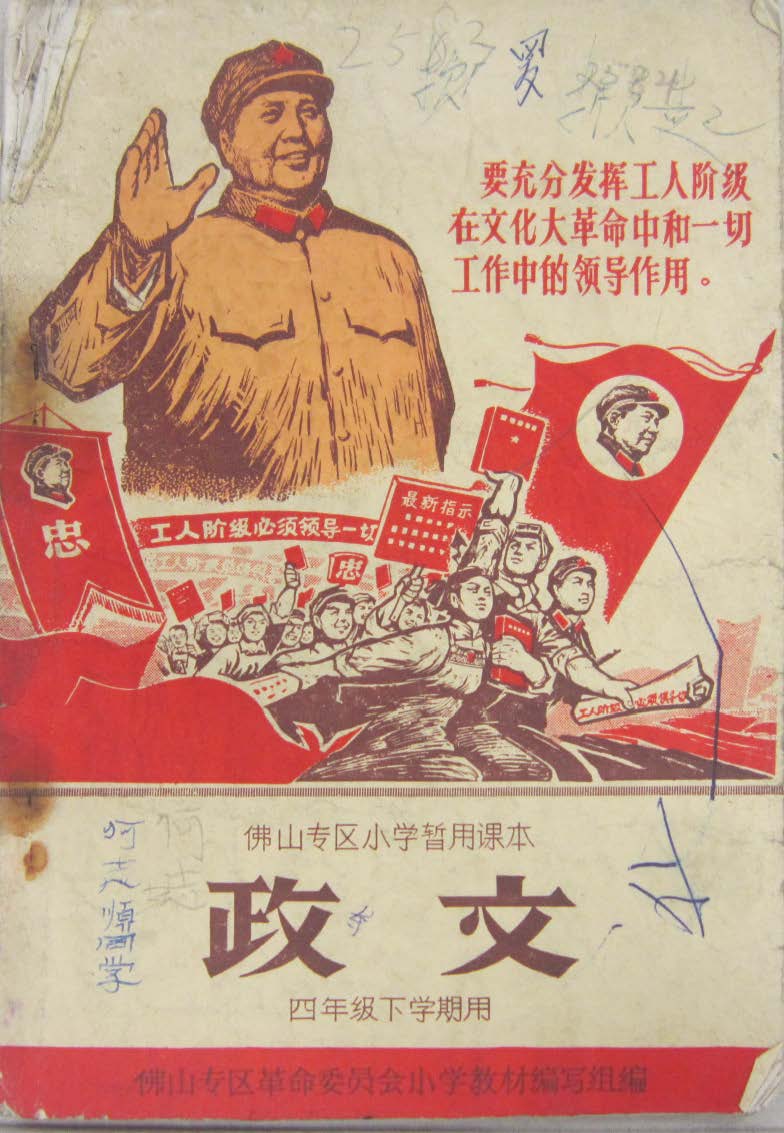
Hoover Archives also offers a variety of intriguing holdings. Of particular interest to my research is a collection of People's Republic of China (PRC) primary and secondary textbooks from the mid-1950s through the early 1980s. Other pertinent materials include school administrative records, education journals, instructor guidebooks, and government bureau directives. These materials have been of tremendous value in so far as they have helped me to construct a more three-dimensional account of how the institution of education functioned at specific historical junctures throughout the twentieth century. While I require more time to sift through and scrutinize these materials, a crude analysis indicates ebbs and flows in the politicization of children, or at least the institution of education. The 1930s and 1940s, for example, were rife with crises. This is reflected in the language and imagery Communist textbooks espoused (e.g. usage of military iconography, heavily laden Marxist-Leninist language), and thus suggestive of larger cultural anxieties. During the honeymoon phase of the early 1950s, then, it comes as no surprise that textbook narratives become more mundane and are completely absent of political currents. Of course, the politicization of education would climax during the Cultural Revolution (1966-1976), when Marxist-Leninist language and Mao Zedong thought penetrated every aspect of the education. More time is needed to untangle the relationship between education and CCP notions of the ideal child. Thankfully, the Hoover Institution Library & Archives have provided me with an excellent starting point.
My thanks go out to the Hoover staff for making the past two weeks such a productive excursion. In particular, I would like to thank David Sun, Carol Leadenham, and Lisa Nguyen, whom I saw and/or spoke with on a daily basis. They were gracious with their time and very helpful in ensuring I was aware of all pertinent collections, including several that had not yet been cataloged. The opportunity to serve as a Silas Palmer Fellow has been a wonderful experience and I am grateful to have been awarded this opportunity.




